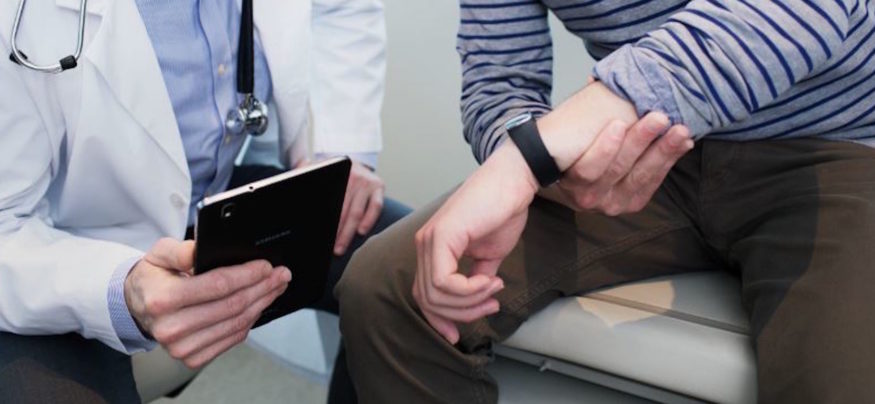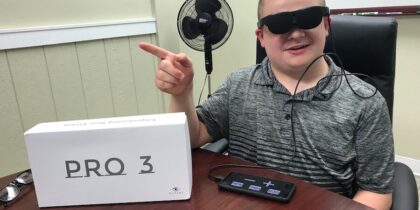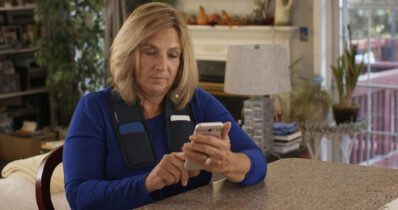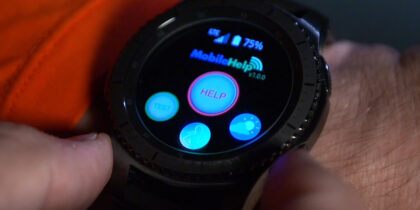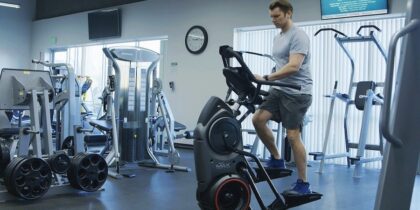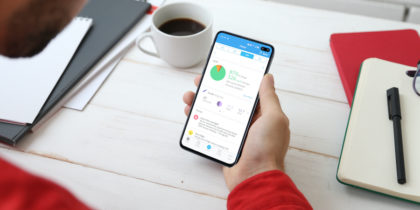One of the greatest challenges the U.S. healthcare system faces is a growing population of sedentary individuals. As a result of working long hours and accommodating busy school schedules, many families lack the time (and the energy) to prepare healthy meals and to exercise regularly. Still, most families want to be healthier; they simply lack the information and motivation needed to maintain healthy habits.
With healthcare reform penalizing providers for excessive hospital admissions, most organizations are stepping up their efforts to monitor outpatients by using wearable health technology, such as heart-rate and blood-pressure monitors. A patient who is at risk for a heart attack, for example, might be asked to wear a heart-rate monitor, which their doctor can analyze at regular checkups for signs for arrhythmia. But these provider-facing technologies aren’t always effective at actively engaging patients, many of whom don’t make their own health a priority, and their families who can ensure patients follow doctors’ orders.
That’s why many providers are combining wearable health technology with the mobile devices patients already love and use every day. By creating an ecosystem of connected devices, healthcare wearables can improve communication between patients and physicians, help families watch out for their loved ones and put individuals in control of their own health.
Americans Look to Wearable Health Monitoring
Wearables haven’t become mainstream yet. According to a 2014 report from PricewaterhouseCoopers, just one in five U.S. consumers own a wearable device, and only 10 percent use one every day. However, consumer interest is gaining momentum. Nearly half of respondents say they are likely to buy a fitness band in the next year, and 35 percent plan to purchase a smart watch. When asked what they want from these devices, consumers list exercising smarter (77 percent), collecting and tracking medical information (75 percent) and eating better (67 percent) as their top three motivators.
These consumers have high hopes for wearable health technology. According to the report, 56 percent of respondents believe that life expectancy will grow by 10 years due to vital sign monitoring, 46 percent think wearables will cut down on obesity by tracking exercise and nutrition, and 42 percent are confident that the average person’s athletic ability can increase due to wearables. It’s clear that Americans are looking to wearable technology as the next big healthcare innovation.
Wearable Health Technology Helps Families Stay Healthy
Wearable devices, such as the Samsung Gear line of smart watches, collect and share data that can help families get in shape, eat right and ward off preventable illnesses such as heart disease, stroke and diabetes. Here’s how:
- They allow you to monitor your own health.
When caring for a family, it’s easy for parents to ignore their own health until there’s a problem, but with wearable devices tracking and displaying key health data, wellness is no longer out of sight. Instead, it’s top of mind. Rather than waiting for annual physicals to reveal high blood pressure, increased heart rates and other problematic symptoms, health wearables give families continuous, real-time snapshots of their health. - They help you to monitor your loved ones.
Although many people fail to make their own health a priority, everyone wants their loved ones to live long, healthy lives. So, the best approach to wellness is often to make it a team, or family, effort. Families can set goals together, challenge one another and even make a game out of fitness and nutrition, competing to see who gets the most exercise or eats the healthiest meals. They can also monitor family members’ health and push one another to do better. - They give you personalized coaching.
Wearables and robust mobile health apps can do more than track vital signs. They also help users set and reach goals for fitness, nutrition and sleep. For example, Samsung S Health prompts users to reach the milestones they’ve set for themselves, shares tips to help them do it and provides voice guidance for workouts. - They allow you to have richer conversations with your doctors.
Many care providers use wearable health monitoring tools for outpatients with specific health needs, such as IV infusions, remote heart monitoring or in-home sleep studies. However, the data from consumer wearables can also help physicians speed diagnoses, track patient progress and make tailored recommendations to improve overall health.
Health wearables developers like Samsung are currently working on new devices and apps that will enhance this connected care experience by streamlining data and syncing it with electronic health records. As wearable technology continues to evolve, better connecting physicians with patients and their families, the longevity and improved health consumers have predicted might soon become a reality.
